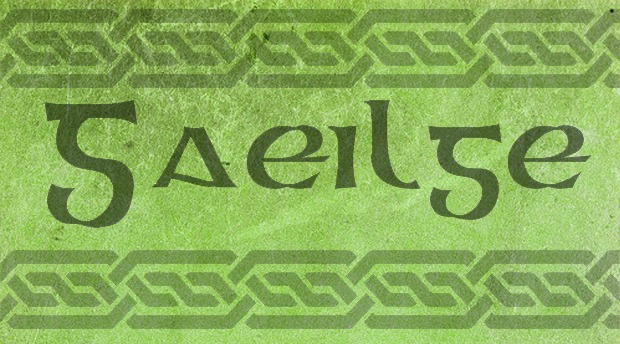Today, only a few outposts of the Celtic languages group remain, including the Irish language. However, of the six living Celtic languages, only Welsh is not classified as “endangered” by UNESCO.
Irish Language | The Celtic Empire
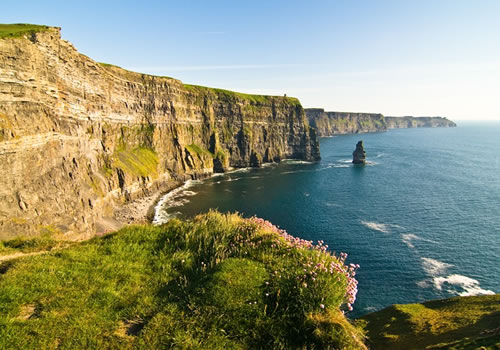 Two and a half thousand years ago, Celtic languages dominated Western and Central Europe. Their use stretched from the northern reaches of the British Isles to the Mediterranean and from the Atlantic coast of the Iberian Peninsula to the shores of the Caspian Sea, even including an outpost of Celtic culture in Asia Minor.
Two and a half thousand years ago, Celtic languages dominated Western and Central Europe. Their use stretched from the northern reaches of the British Isles to the Mediterranean and from the Atlantic coast of the Iberian Peninsula to the shores of the Caspian Sea, even including an outpost of Celtic culture in Asia Minor.
A modern version of the Irish language, perhaps the most well-known of the language family, still exists today. Unfortunately for the Celts, the domination of the Roman Empire and later incursions by Germanic, Anglo-Saxon and a hoard of other invaders all but wiped out the Celtic influence in Europe. Most Celtic languages are extinct, including Brittonic, the language of the ancient Britons who gave their name to Great Britain.
Irish Language | A Living Language
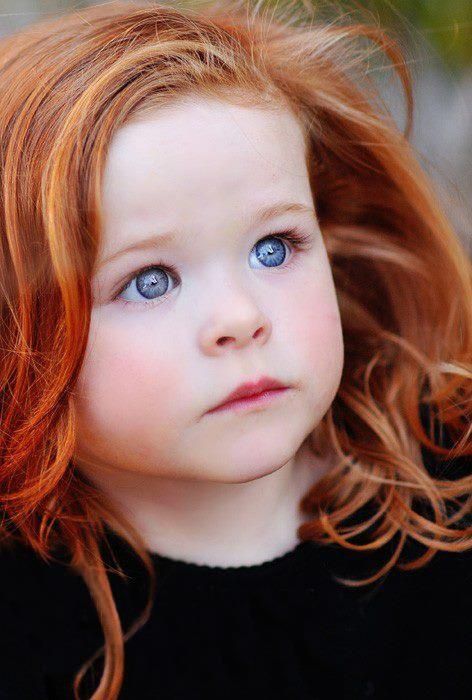
Although the majority of the population does not speak it well, Irish is, in fact, the “national and first” official language of Ireland, while English is merely a second official language. This legal classification reflects a pride in national history and culture. For many, Gaeilge represents an important part of the Irish identity and, perhaps more importantly to its survival, carries significant sentimental value. Obviously, its revival is not a matter of utility as there are a mere handful of monolingual Irish speakers, typically very old villagers in remote areas. Even so, in 2007 it was recognized as an official, working language of the European Union and Irish diplomats can orate in Irish to the assembly through an interpreter.
Irish for the English
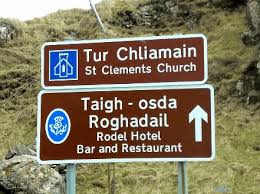
Of course, because Irish is from a completely different family than the Germanic-based and Latin-influenced English, it and other Celtic languages can be quite imposing to learn, in the same way that Russian, Arabic and Greek seem entirely unfamiliar to the English speaker. Unlike those languages, Irish uses the Latin alphabet, but this is not as helpful as one would hope because of stark differences in pronunciation. Take, for example, Sidhe, that is, the traditional fairy-folk of Ireland. One would probably guess that it reads as “seed-hee” or “sid-hey” but the word is actually pronounced “shee.” On a related note, the English banshee comes from bean sidhe, or “woman of the fairies.”
Irish Language | The Work Praises the Man
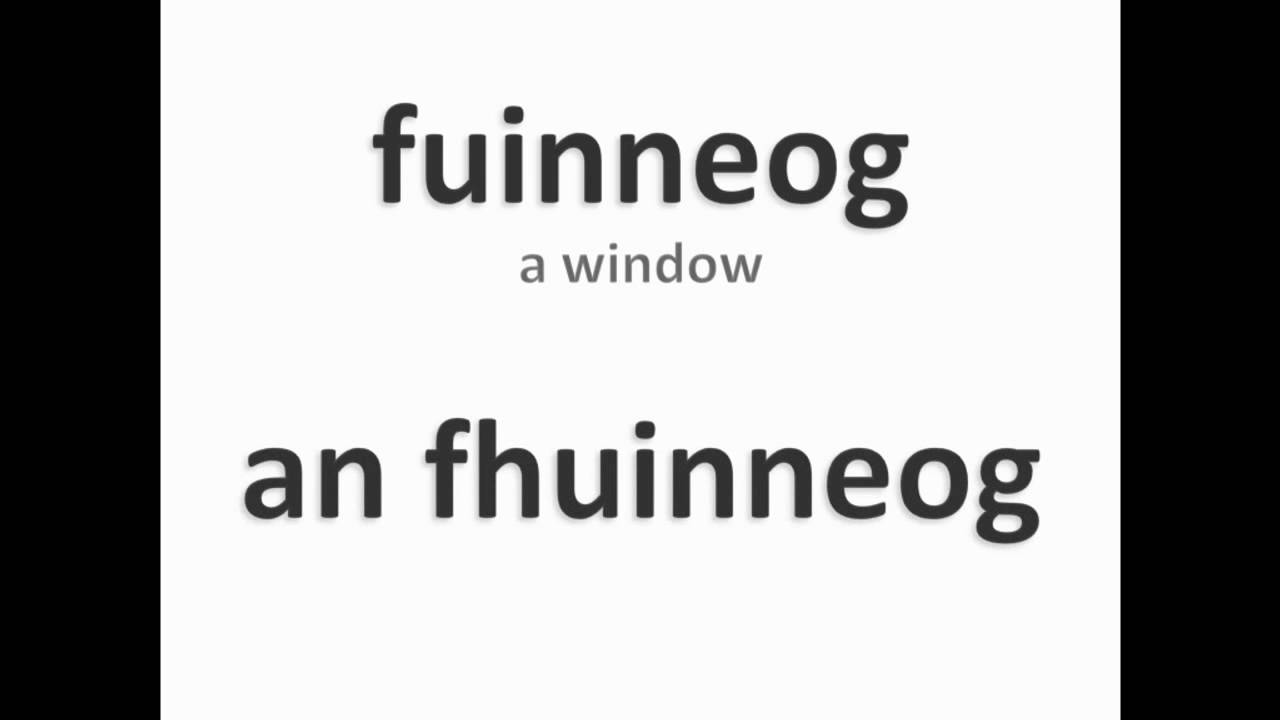
les bateaux) Irish and other Celtic languages often change the beginning. This can lead to pronunciation differences, as the name Breandán (Brendan) in certain situations becomes Bhreandán (“Vrendan”) because “bh” connotes an English “v.” And even though Irish verbs conjugate regularly, one must also conjugate prepositions so that ag “at” will mutate depending on its object; i.e. agam “at me” and agat “at you.” Irish vocabulary differs significantly from English and common, “international” words often have their own versions. The French astronomie, Russian astronomiya and Danish astronomi are all perfectly intelligible to an English speaker but the Irish equivalent, réalteolaíocht, could mean anything.
Irish of Tomorrow
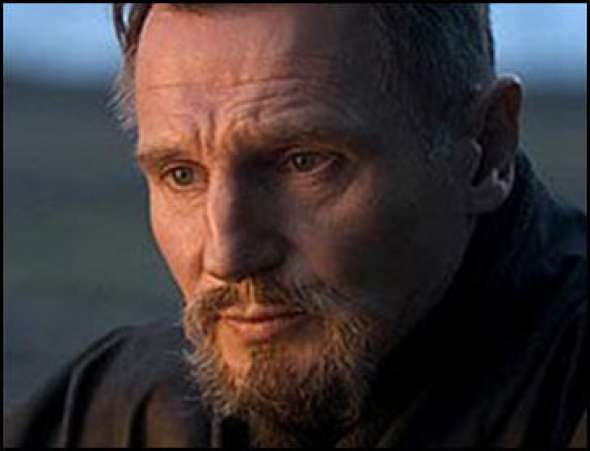
Irish for Beginners:
|
English |
Irish |
Pronunciation |
|
Hello! |
Dia dhuit! |
Deeya GWAIT! |
|
How are you? |
Cad é mar atá tú? |
Cad EH mahr atAH too? |
|
Great! |
An-mhaith! |
An-WHAH! |
|
Welcome! |
Fáilte! |
FOILteh! |
|
Excuse me, sorry |
Gabh mo leithscéal |
Gahv mo LASHkehyahl |
|
Thank you |
Go raibh maith agat |
Go rev MAH aGUT |
|
Please |
Más é do thoil é |
MASH eh de hull EH |
|
Congratulations! |
Comhghairdeas! |
KoHAIRdehs! |
About Language Connections:
Language Connections is one of the top language service companies in the US. Over the last 30 years, we’ve focused on providing the best business translation services, interpreting services, as well as interpreter training and customized language training programs. In addition to top-tier corporate language training, we offer certified corporate interpreters and professional business translation services in 200+ languages. Our network includes linguists with backgrounds in all major industries. They’re ready to meet your needs, whether they’re for technical translation services, legal translation, government translation services, international development translation services, education translation services, life sciences translation, or something else. Reach out to us today for a free quote on our cost-efficient and timely translation services, interpreters, or other linguistic services.
Language Connections Inc.
2001 Beacon Street, Suite 105,
Boston, MA 02135
Phone: +1-617-731-3510
Email: service@languageconnections.com

